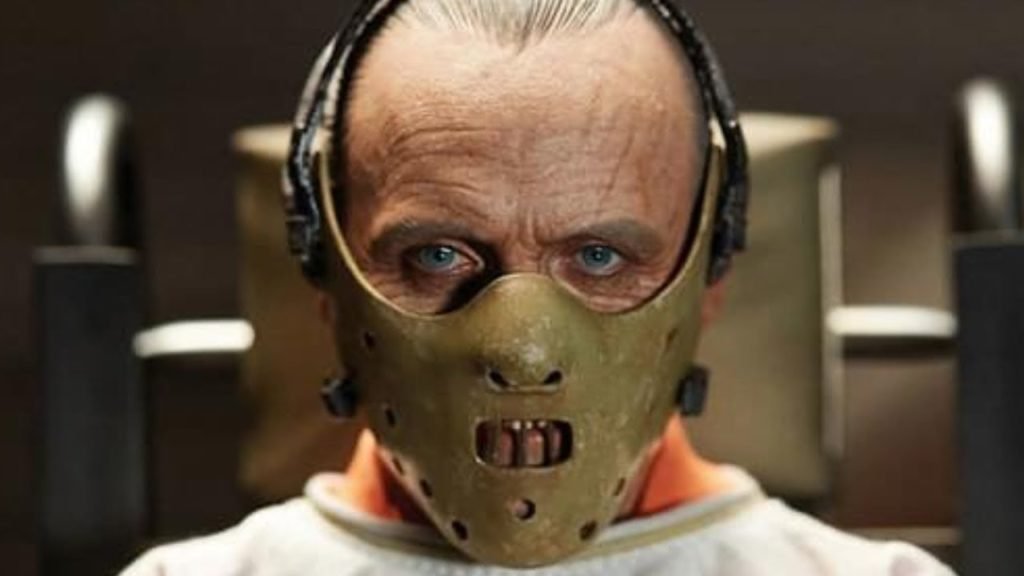This article is written by Shally Yadav, a first-year law student of Hidayatullah National Law University, Raipur.
Most of us like watching crime series and tend to get engrossed in it. One of the intriguing topics in these series is serial killers. From famous television shows like Mindhunter to Dexter, these shows get famous because their key element is the stories revolving the serial killers. So, what goes on in the mind of these notorious serial killers?

Childhood development of serial killers
Most of the serial killers seem to have faced similar problems in their childhood. A study conducted by Wilson and Seaman (1990) on incarcerated serial killers, and what they concluded was the most influential factor that contributed to their homicidal activity was that most of the serial killers in the study had experienced some sort of environmental problems during their childhood, such as a broken home caused by divorce, or a lack of a parental figure to discipline the child. Nearly half of the serial killers had experienced some type of physical or sexual abuse, and more of them had experienced emotional neglect.
When the parents have a substance problem then the attention goes to the parents in the household. This leads to neglect on the child when he needs it the most and to cope from this situation sometime the child forms a fantasy world in his mind to escape from his present circumstances. In this fantasy world they feel a semblance of control. But this can cause deviant behavior in future as the child can grow to be antisocial, apathetic and homicidal behavior can be adopted by the child.
Organized and disorganized modus operandi of serial killers
The FBI’s Crime Classification Manual places serial killers into three categories: Organized and disorganized.
Organized serial killers- Organized serial killers often plan their crimes methodically, usually abducting victims, killing them in one place and disposing them in another. These types of serial killers lure their victims by appealing to their sense of sympathy. They have good interpersonal skills and aren’t shy to from relationships to do their deed. They also tend to target prostitutes as the prostitutes willingly go with them without any protests. In general, the IQs of organized serial killers tend to be near normal range, with a mean of 94.7. Organized nonsocial offenders tend to be on the higher end of the average, with a mean IQ of 99.2. Ted Bundy, Joel Rifkin, and Dennis Rader are prime examples of organized killers.
Disorganized serial killers- Disorganized serial killers are usually far more impulsive, often committing their murders with a random weapon available at the time, and usually do not attempt to hide the body. They are likely to be unemployed, a loner, or both, with very few friends. They are less careful and methodological than organized serial killers. Disorganized serial killers have been found to have a slightly lower mean IQ than organized serial killers, at 92.8. Jack the Ripper is a classic example of the disorganized serial killer.
Motivations for killing
Based on motivations for killing, there are four basic types: visionary, mission-oriented, hedonistic and power/control seekers.
Visionary serial killers-The visionary generally suffers from a severe mental disorder and has lost touch with reality. They have delusions and hallucinations that compel them to murder. Sometimes they believe they were only doing what God or the Devil told them to do. David Berkowitz or “Son of Sam” is a classic example of a visionary demon-mandated serial killer. He believed a demon spoke through his neighbor’s dog and ordered him to kill.
Mission-oriented serial killers- Mission-oriented serial killers target people they deem undesirable and feel it’s their justifiable duty to eliminate them. These victims are usually from different race, religion or sexual orientation. Prostitutes and drug users are also targeted by these type of serial killers. An example of a mission-oriented serial killer is Joseph Paul Franklin, an American white supremacist who exclusively killed Jewish, African-American and biracial people.
Hedonistic serial killers- Hedonistic serial killer seeks thrills and derives pleasure from killing. Forensic psychologists have identified three sub types of the hedonistic killer: “lust”, “thrill”, and “comfort”.
Power/Control oriented serial killers- These types of killers want to seek control over others. To overcome feelings of powerlessness or inadequacy, such killers murder to exert power and dominance over their victims. While this type often also sexually abuses their victims, it is not motivated by lust but is simply another form of dominating the victim. Ted Bundy is an example of a power/control-oriented serial killer.
References
- https://www.parcast.com/blog/2016/6/30/what-makes-and-motivates-a-serial-killer#:~:text=A%20hedonistic%20serial%20killer%20is,thrill%2C%20lust%20and%20comfort%20killers.
- https://web.archive.org/web/20150215045712/http://skdb.fgcu.edu/public/Serial%20Killer%20Statistics%206SEP2014.pdf
- The Serial Killers: A Study in the Psychology of Violence by Colin Wilson and Donald seaman.
- Image from https://www.youtube.com/watch?v=LguXG80DezY


